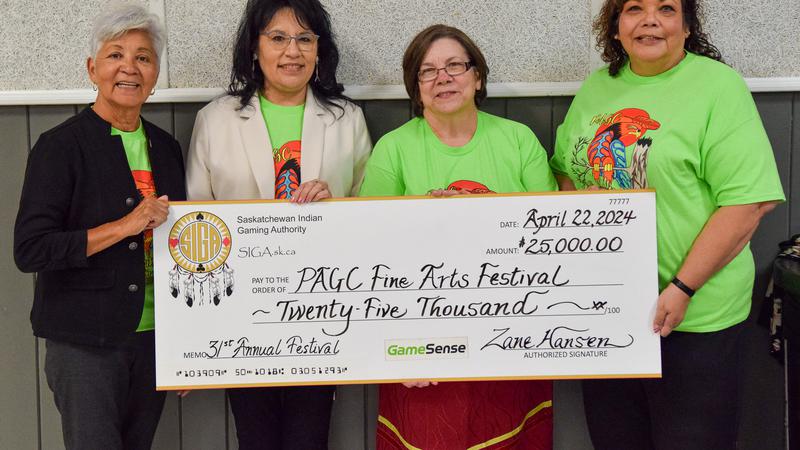
A timeline of events before and after the Liberals invoked the Emergencies Act
OTTAWA — The Public Order Emergency Commission is tasked with understanding what led the Liberal government to invoke the Emergencies Act to clear protests against COVID-19 mandates and Prime Minister Justin Trudeau that gridlocked Ottawa streets and several border crossings.
Here is a timeline of events contained in testimony and documents at the public inquiry.
Nov. 19, 2021
The Public Health Agency of Canada announces new border measures will be imposed in early 2022 requiring Canadian truck drivers to be vaccinated against COVID-19 to enter the country in order to avoid quarantine rules.


